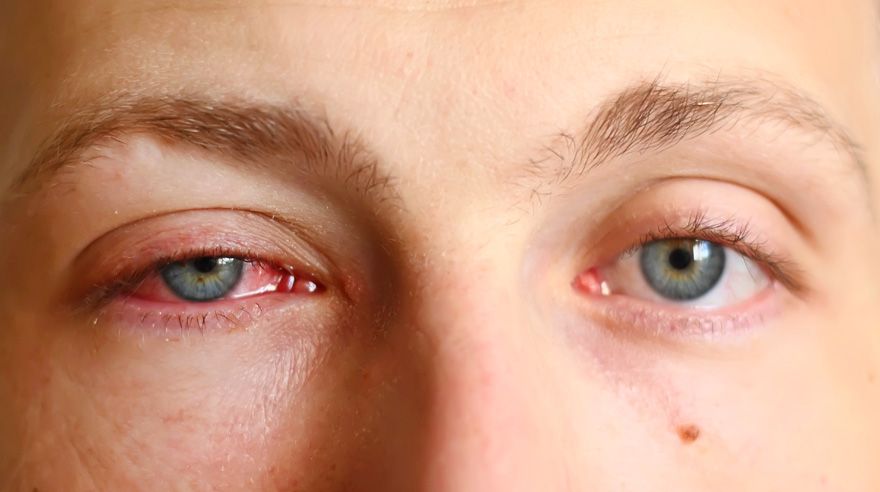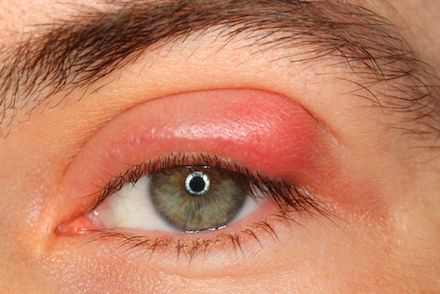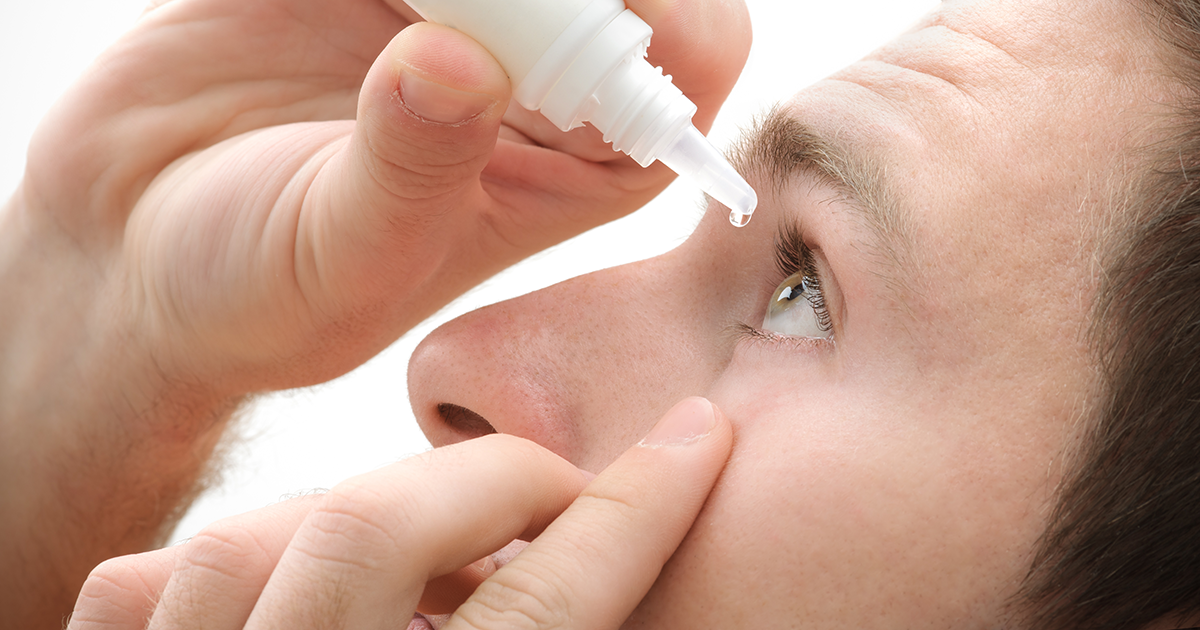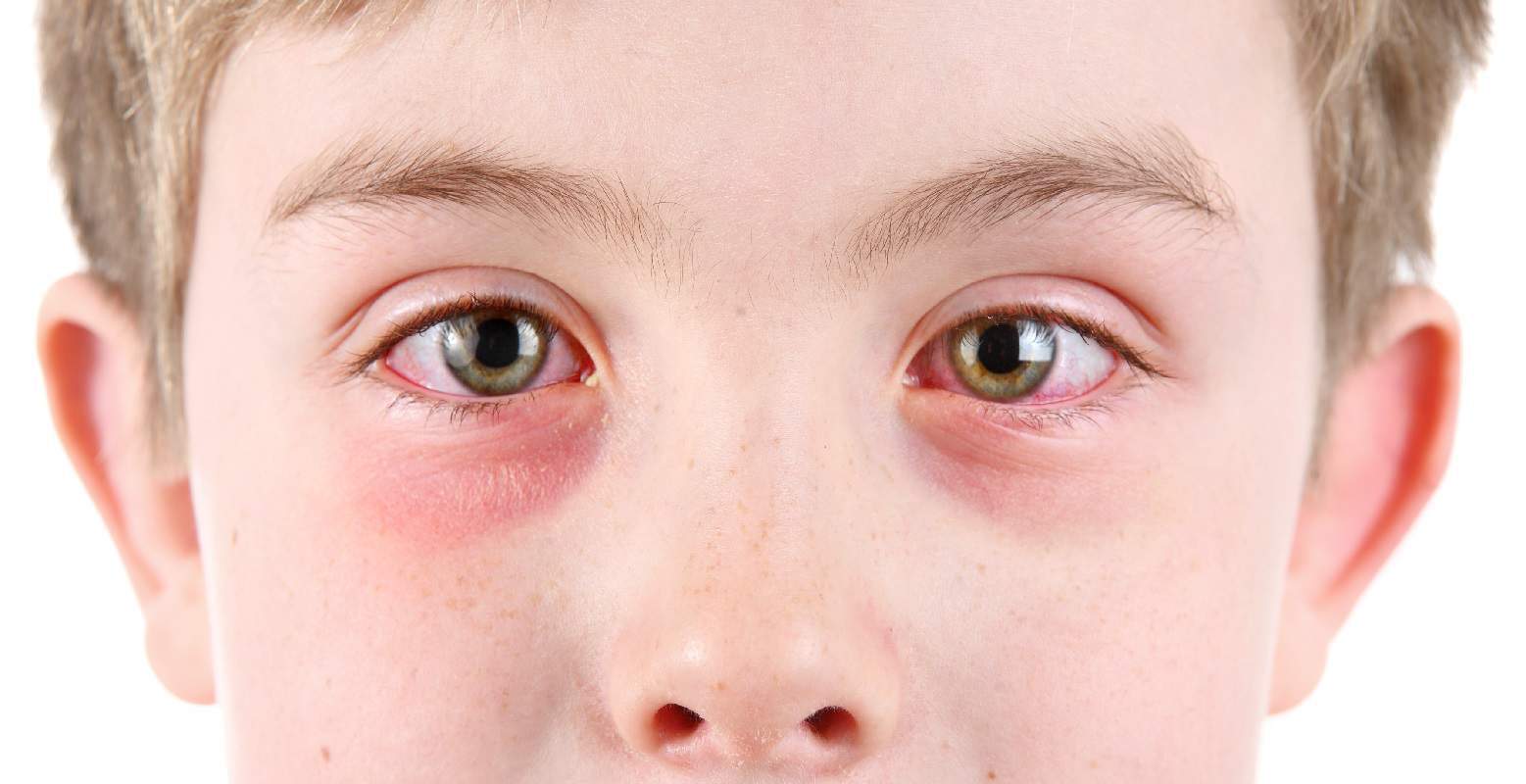Conjunctivitis, also called pink eye, is the most common eye problem in which the inflammation or infection of the blood vessels of the conjunctiva (outermost layer of the white part of the eye) and the inner eyelid surface. Due to this, the eye looks red or pink.
Nearly 3-6 million people in the US are affected by conjunctivitis. In the adults, the viral causes are more prevalent, while among children, bacterial causes are more common. It usually takes 1-2 weeks for people to get better.
In case the symptoms like significant pain, light sensitivity, herpes signs, and visual loss do not improve after a week, further diagnosis and treatment may be needed. Conjunctivitis that occurs in a newborn is called neonatal conjunctivitis.
Let’s know more about the signs & symptoms, causes, diagnosis, and treatment of the pink eye disease.
What are the Types of Pink Eye?

- Bacterial Conjunctivitis
Bacterial conjunctivitis is common type conjunctivitis caused by bacteria which infects the eye through different contamination sources. The bacteria can transmit when you come into contact with an infected individual, exposure to contaminated surfaces or other means like sinus or ear infections.
The most common types of bacteria causing bacterial conjunctivitis are Haemophilus influenzae, Pseudomonas aeruginosa, Staphylococcus aureus, and Streptococcus pneumoniae. It typically produces a thick eye discharge or pus and affects one or both eyes.
- Viral Conjunctivitis
Viral conjunctivitis is also a common type of conjunctivitis which is highly infectious as airborne viruses can be transmitted through sneezing and coughing. It can also occur with viral upper respiratory infections like flu, measles and the common cold.
Viral conjunctivitis typically leads to watery discharge, and the infection begins from one eye quickly spreading to the other. It is self-limited and will go away by itself after some time. The third, fourth and fifth days are the worst, and subsequently, eyes begin to improve on their own.
- Allergic Conjunctivitis
Allergic conjunctivitis due to eye allergies is highly prevalent. Like other different types of allergies, eye allergies can be triggered by allergens like dust mites, animal dander, and pollen.
The most common symptom of allergic conjunctivitis is itchy eyes. It may be seasonal or perennial based on allergen that causes the reaction.
- Neonatal Conjunctivitis or Ophthalmia Neonatorum
Neonatal conjunctivitis is a type of conjunctivitis occurs in newborn babies and may even result in blindness if left untreated. If a mother infected by neonatal conjunctivitis is not treated, a newborn infant might develop a related eye infection.
Herpes simplex virus type 1 can also cause a type of eye herpes which leads to pink eye. A pregnant woman suspecting STD (sexually transmitted disease) requires to be checked and treated for the infection before the baby’s birth.
- Giant Papillary Conjunctivitis (GPC)
Giant papillary conjunctivitis or GPC typically affects both eyes and people who wear soft contact lenses. It may cause itching, a heavy discharge, contact lens tolerance, tearing and red bumps on the underside of eyelids.
- Gonococcal & Chlamydial Conjunctivitis
They are bacterial forms linked to infections from STDs including gonorrhea and chlamydia. Newborns may become exposed when they pass through the birth canal of an infected mother. Trachoma is a kind of chlamydial infection that causes scarring on the surface of the eye.
- Non-Infectious Conjunctivitis
The many sources resulting in pink eye symptoms include certain chemicals, smoke, diesel exhaust, and perfumes. Some forms of conjunctivitis also occur due to sensitivity to certain ingested substances like turmeric and eyebright.
Reaction to preservatives in eye drops, ointments, wearing contact lenses or ocular prosthetics can also cause toxic conjunctivitis.
Conjunctivitis is part of the triad of reactive arthritis (associated with HLA-B27) which is thought to be caused by autoimmune cross-reactivity following certain bacterial infections.
Conjunctivitis is linked to the autoimmune disease relapsing polychondritis.
What Causes Pink Eye?

As we just mentioned above, here are the most common conjunctivitis causes:
- Bacteria
- Virus
- Fungi, amoebas, and parasites
- Irritants like shampoos, smoke, pool chlorine and dirt
- Reaction to eyedrops
- Allergic reaction to smoke, pollen, dust or contact lens
- Sexually transmitted diseases
The viral and bacterial infections are infectious and can transmit from one person to another through contaminated water or objects. Despite spreading from one individual to the other, it is not a serious health risk if diagnosed properly.
Conjunctivitis Symptoms

The pink eye symptoms depend on inflammation type but typically include:
- Swollen eyelid or conjunctiva
- Higher sensitivity to light
- Burning eyes
- More tears than usual
- Itchy, watery eyes
- Blurred vision
- Green or white eye discharge
- Swollen lymph nodes (often due to a viral infection)
- Redness in the white of the eye or inner eyelid (stye)
- Thick yellow discharge that covers the eyelashes, especially after sleep. It can make the eyelids stick shut upon waking up.
- Eye twitching
How to Diagnose Pink Eye Disease?

It is not difficult to diagnose pink eye disease. The doctor will carefully look at your eyes and ask certain questions such as about your symptoms. If need be, the doctor will take a tear or fluid sample from your conjunctiva and send it for further physical examination in the lab.
Cultures aren’t often required as most cases resolve either with time or antibiotics. If there’s a chance of bacterial conjunctivitis but no response to topical antibiotics is seen, the cotton swabs for bacterial culture should be taken and tested. Viral culture may be suited for epidemic case clusters. Patch test helps identify the causative allergen in allergic conjunctivitis.
The conjunctival incisional biopsy is sometimes conducted when granulomatous diseases or dysplasia are suspected.
Not all red, irritated and swollen eyes are pink eye. The symptoms may also be caused by a stye, seasonal allergies, chalazion, iritis or blepharitis.
- Don’t assume that all red, irritated, or swollen eyes are pinkeye (viral conjunctivitis). Your symptoms could also be caused by seasonal allergies, a sty, iritis, chalazion (an inflammation of the gland along the eyelid), or blepharitis (an inflammation or infection of the skin along the eyelid). These conditions aren’t contagious.
A more comprehensive differential diagnosis for the red or painful eye comprises:
- Uveitis
- Keratitis
- Episcleritis (an inflammatory condition that appears similar to conjunctivitis, but without discharge or tearing)
- Blepharitis
- Dacryocystitis
- Keratoconjunctivitis sicca (dry eye)
- Herpes simplex
- Corneal abrasion
- Subconjunctival hemorrhage
- Pinguecula
- Herpes zoster
- Acute angle-closure glaucoma
- Endophthalmitis
Pink Eye Treatment

In 65% of the cases, conjunctivitis resolves on its own without any treatment or antibiotics prescription within 2-5 days. The conjunctivitis treatment depends on the type.
For bacterial conjunctivitis, no treatment is required usually. But when no improvement is seen after three days, topical antibiotics may be recommended to eliminate the bacteria. The treatment is usually achieved through topical antibiotic eye drops and/or eye ointments. Depending on the severity of the condition, the treatment usually takes 1-2 weeks.
The antibiotics are also recommended for people wearing contact lenses, those who are immunocompromised, have chlamydia or gonorrhea disease, experience pain, or have copious discharge. Gonorrheal or chlamydial infections need both oral and topical antibiotics.
When viral conjunctivitis doesn’t resolve on its own, antihistamines (reduce occasional itching), vasoconstrictors (whiten the eye), or mast cell stabilizers, and decongestants (reduce the surface swelling) are typically used for relieving the pink eye symptoms. They are given for 1-2 weeks depending on the severity of the infection.
Allergic conjunctivitis can be relieved by using special eye drops (over-the-counter or prescription) containing antihistamines, artificial tears, nonsteroidal anti-inflammatory drugs (NSAIDs), or pouring cold water over the face with head inclined downward narrows capillaries, depending upon the severity of the condition.
Chemical conjunctivitis is treated through irrigation with Ringer's lactate or saline solution. The chemical injuries, especially alkali burns, are medical emergencies as they can result in severe scarring and intraocular damage.
The use of antibiotic depends on the strain or suspected strain of bacteria causing the infection. Sodium sulfacetamide, fluoroquinolones, or trimethoprim/polymyxin may be used, typically for 7–10 days. The cases of meningococcal conjunctivitis can also be treated using systemic penicillin if the strain is penicillin-sensitive.
In places where topical antibiotics are unavailable or expensive, the Povidone-iodine ophthalmic solution is known to be somewhat effective against bacterial and chlamydial conjunctivitis.
Preventions

- Practice good hygiene and keep the eyes clean
- Do NOT touch or rub the affected eyes with hands to avoid spreading the infection.
- Wash your hands more frequently especially when spending time at school or in other public places
- Switch from the soft contact lens to permeable ones or go for disposable contact lenses that can be replaced more often
- Do NOT share towels or washcloths if you’re infected by the disease
- Avoid eye cosmetics like mascara and don’t share them with others
- In newborns, the ointment can help prevent eye infection.
- Use a warm compress
- Protect eyes from dirt and other irritants
- Restrict the usage of eyedrops
- Wear swim goggles while swimming to protect yourself from bacteria and other microorganisms in water which causes conjunctivitis infection.
- Before going for the shower, using a hot tub or staying in the water, make sure you have your contact lenses off to avoid trapping of bacteria between the eyes and the lenses.

